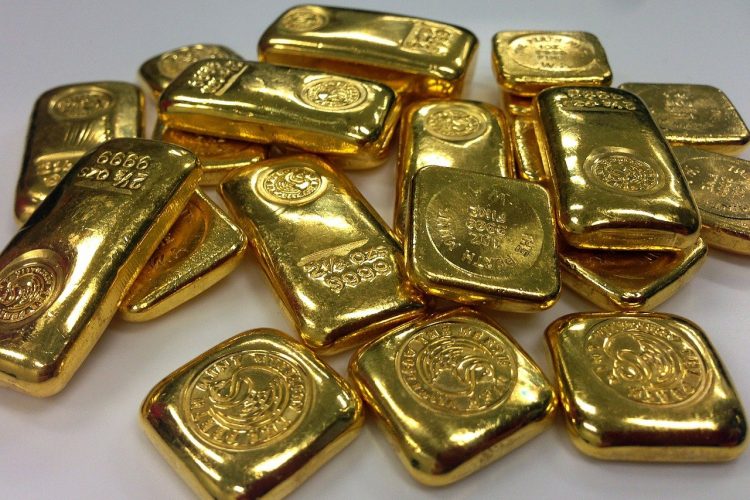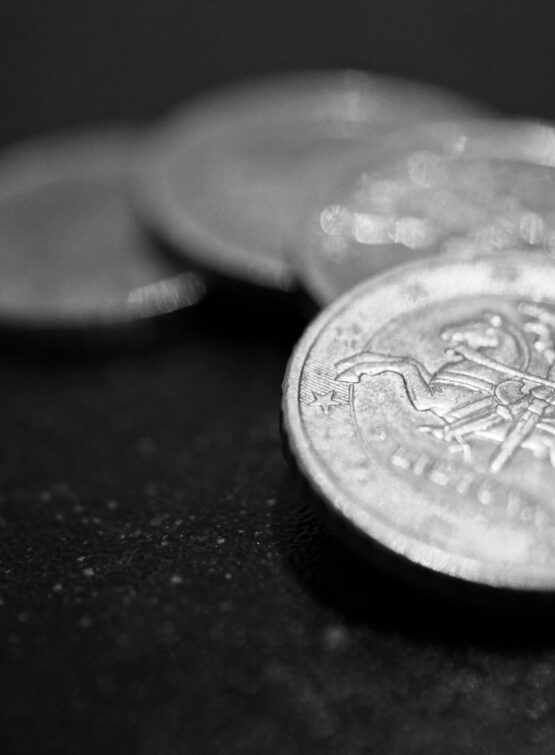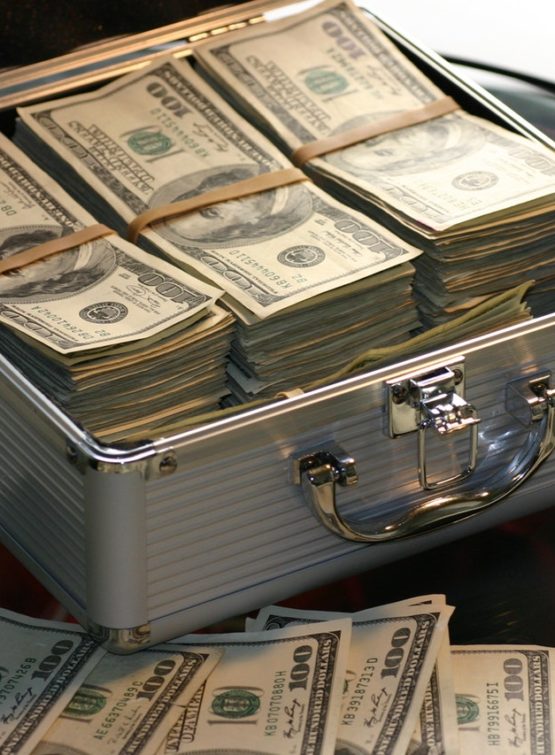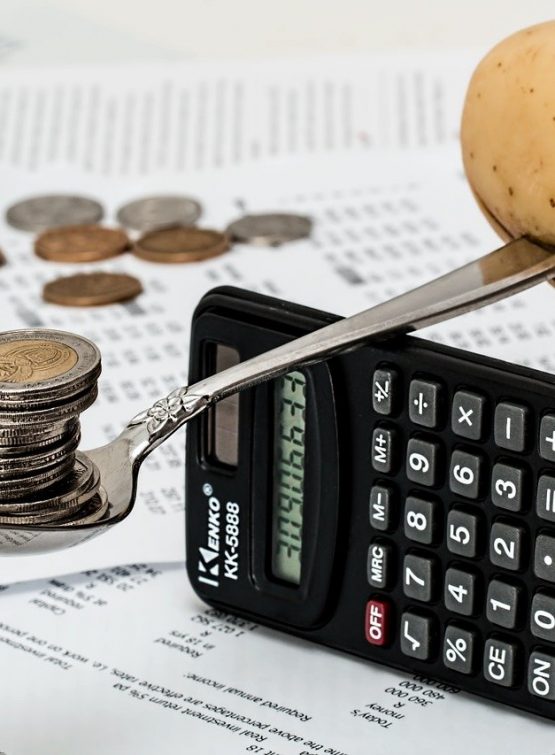Overview:
The year 2020 has been one of the very few instances where the prices of all asset classes witnessed wide fluctuations. In the Covid crash, Stock Markets fell by 40%, Gold dropped by 15%, and Crude oil futures falling into negative rates during that period. It felt horrifying for me since my career in financial markets is still a fresh one with a little over 3 years by then.
It was all chaos as I watched Nifty crashing by over 10% in the first 10 minutes on 13th March 2020. Nevertheless, institutional buying started and Nifty just shot up 16.4% to close the day with 3.8% gains over the previous day. The difference between intraday high and low that day was 1600 points or 18.7%. Usually, a 3% rise or fall seems to be a big issue in stock markets on normal days. But those weren’t normal days, were those? Entire March was the most volatile month since GFC in 2008.
Even though Gold also fell significantly, it recovered all its losses in two weeks. In the investment community, Gold is considered as a safe-haven asset in days of financial turmoil. It was then I learned diversifying across asset classes is a must for a safe return-risk scenario for our investments.
Problem with Investing only in one asset class (Not Diversifying):
It gets too technical explaining everything in a single article. So I will demonstrate with an example of why investing in a single asset class is risky. Let’s take a look at my portfolio, as on 01/03/20, I had all investments in stock markets. As I am a Value Investor, I can’t blindly invest in whatever growth or blue-chip stock without researching on fundamentals.
I had invested 70% of my capital in Bargain stocks in the Small Cap segment. The remaining 30% was invested in PSU stocks like ONGC, OIL, Balmer Lawrie, etc. I remember buying ONGC for ₹135, it fell to ₹50 levels in the March crash. If you observe, almost every blue-chip company shares except PSUs, got back to their pre-Covid highs. Some stocks even crossed their all-time highs. But despite strong fundamentals, none of the PSUs ever recovered completely from the crash.
Even in the small-cap segment, stocks under the radar of operators and institutional investors recovered. Most of the Value stocks in small caps are still under-performing. To be frank, my portfolio of value stocks did not do well in these crisis situations. It might not be the case always, if the economy thrives after this depression, the value stocks in small caps will be the multi-baggers.
Because of my inexperience, I made the mistake of investing too much in small-cap stocks. I should have prepared a contingency plan. It is a well-known fact that small caps take the hardest hit during times of financial crisis. My mistake was that I never thought of a pandemic and such a huge financial disaster. But, in investing, we should all be prepared for the worst.
The disconnect between the Economy and Stock Market (High Valuations in the Stock Market):
Since I followed technical parameters, I was confident to be able to forecast the market for the next two or three years. I opted out of predicting the market’s move after Nifty crossed 10500 in June. There was no fundamental aspect for the Nifty to rise 40% within three months that too with lockdowns still existing and Covid-19 cases rising at an alarming rate. As of 04/12/20, Nifty rose by 74% from its lows in March.
Most of the indicators and historical data never showed such a drastic recovery of stock markets. It does not matter how many people agree with my view or not. The current stock markets are trading at extremely high valuations. There is no correlation between the economy and equity markets.
Does it mean markets are going to crash anytime soon? There is no absolute answer to this. But in the short term, next two to three months, all financial markets are aimed towards newer highs.
The main reason being huge fiscal and stimulus measures by governments all over the world. The US government and FED (central bank) alone have injected around 4 trillion dollars as fiscal and monetary measures to tackle the economic slowdown. The talks are going on between democrats and republicans for another round of stimulus; the number is two trillion dollars this time. It would come into effect if the Senate comes to a positive conclusion. This might happen before Christmas according to some reports.
The Currency dilution or debasement:
The fiscal and monetary measures are primarily meant to support small businesses and the unemployed. But something else is going on; the FED’s decision to junk bonds from indebted corporate companies has really turned the tables. The shares of bankrupt companies began to rise at an exponential rate.
Shares of companies like Tesla are trading at the PE ratio of 1170. How could a company trade at over 1000 PE ratios and still be recommended as an investment opportunity by major financial services company like Goldman Sachs? It’s difficult to understand the logic behind it. The only scenario that supports these stellar premiums of the stocks is the debasement of currency because of stimulus measures by the governments.

To make it simpler for you, I will explain in an easy way. Suppose a small country “Banana Republic” has a GDP of 100 rupees and a currency supply of 50 rupees. Everything is going well till a pandemic like Covid has hit. It resulted in economic shutdowns and unemployment.
The Government and central bank have come up with their stimulus measures weighing 15% of their GDP; it’s equal to 15 rupees. So now, instead of 50 rupees currency supply, there is an additional 15 rupees; the total currency supply has risen to 65 rupees. For the same goods and services in the “Banana Republic,” there are 15 rupees more available now. The simple mathematical calculation indicates that the currency supply has increased by 30%. It should not be difficult to understand that prices of commodities like food grains, oil, wood, etc. will increase.
To put it another way, with the same one rupee, you cannot buy the same quantity of items as you did previously. It is known as debasement or devaluing of currency. Another word for this is Inflation.
In the real economy with a GDP worth trillions of dollars, the changes could not be noticed so early. It will take time until the reserves continue to decrease and the actual scarcity of goods starts.
To be Continued:
It is already a lengthy article, especially for novice readers without great interest on financial markets. It would take at least another 2000 words to cover the whole content. I prefer to keep the content as brief as possible. My website and articles are for creating interest among the common public on financial knowledge and investments.
We shall continue in the next article why Gold could be a very good investment in financial turmoil and why it’s considered a safe-haven asset. Meanwhile, if you want to learn more, check out the links provided at the bottom.
- https://www.statista.com/statistics/1107572/covid-19-value-g20-stimulus-packages-share-gdp/
- https://www.theassay.com/articles/a-golden-decade-ahead/
Disclaimer:
I provide the information and my views on the website only to educate new investors, stock market enthusiasts, and the common public on equity and other market investments. Please consult your financial adviser before making any investments in the stock or commodity markets. In case of any queries, you can contact me or email: admin@valueinvestingonline.in.





2 Comments